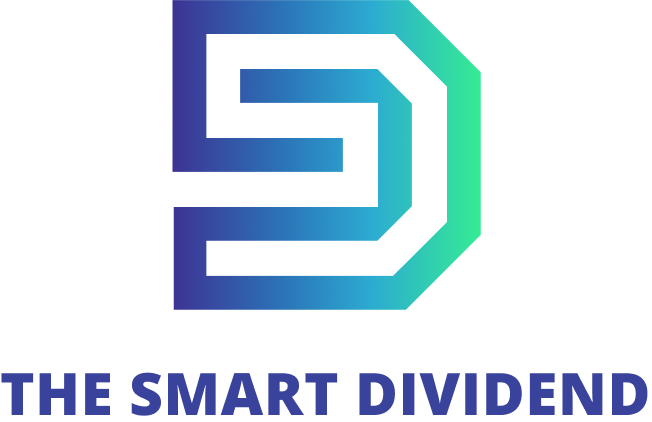
Last month I talked about how the customer experience should be at the heart of what your business strives to achieve.
But what delivers that experience? Your employees and colleagues of course. You could order the finest meal in the world, but if it was thrown at you from the kitchen by the waiting staff, I doubt you would even be able (or want) to eat it even if it tasted amazing.
I believe there are four key elements that make up an outstanding team and I would like to spend some time looking at each.
Common purpose and goal
Every member of the team should be working towards a common goal which is clearly identifiable. Ideally these should not be aspirational. Let’s use the example of a sports team. It’s very easy to say “We want to be the best team in the world”, but what does that actually look like?
Setting goals which are SMART is a great place to start:
| Specific | To win trophies/tournaments |
| Measurable | To win X number of trophies/tournaments |
| Achievable | The above is reflective of the team’s ability |
| Relevant | Aligns with long-terms goals and values (to be the best in the world) |
| Time bound | To win them within a set number of games or seasons |
You can see how easily this allows the long-term goal to be broken down. Within your business you might already do this via your annual budget or longer term business plans, but are these shared with your wider team to ensure that everyone understands and is invested in the common purpose and goal?
I recently attended the Elite Business Live 2024 conference, and many of the speakers referred to sharing equity with their wider team. When they all have a tangible financial interest in the business, this brings unity to a team as they can all benefit from the business reaching its short, medium and long-term goals. In my working life I have seen this happen first hand. My employer, insurance group Howden, is in fact the 5th largest employee-owned business in the UK. Employees can go from good to exceptional when they become part of the ownership structure.
Celebrate differences
“Great things in business are never done by one person. They’re done by a team of people.”
Steve Jobs is credited with the above quote and it’s true of every team, but this doesn’t mean that everyone needs to be the same for the team to succeed. Most sporting teams will have different people with different skills, even if primarily from a physiological rather than psychological perspective, unlike perhaps in a business setting.
There have been numerous studies on this and one of my favourites is by Dr Meredith Belbin. Belbin believes that there are nine team roles that need to be fulfilled. Whilst these roles are quite defined, no one person will necessarily fit fully into one role, rather they might be a hybrid of at least two and perhaps more roles.
It’s important for a team’s manager to understand which role elements are present within their team, as this could identify why the team is not meeting its goals. Role identification is achieved by asking team members to each complete a questionnaire in which they assign points (1 low to 10 high) against a set of statements that best describe their individual behaviour.
It is of course also important to understand what role the manager of the team is fulfilling, because the manager may need to adapt their role to fill gaps if these cannot be resourced. If you work within a large organisation, you will often be part of a team within an even larger team. This could mean that in the team you manage (for example the ‘London Sales Team’), you are the ‘Shaper’ or ‘Implementer’, according to Belbin. But perhaps within your wider team (for example the ‘UK Sales Team’) you could need to be the ‘Monitor Evaluator’ blended with ‘Team Worker’ within that team.
Take some time to understand what roles your team members each fulfil, as without at least some attention being paid to each type of role, your team may struggle to succeed or be critically weak in a certain area. Returning to sports, a rugby union team without a prop forwards would struggle in the scrum for example.
Whilst Belbin talks about individuals in a psychological sense, it can be useful to also consider other differences which might be present, such as religion or home life. These differences can all have an impact on an individual’s role within a team. A person observing a religious holiday, or that has a new baby within their home for example, could require additional support from the team and for a while might need to slot into a different role type for a period of time.
Accountability
Generally, the performance of a team will be defined by the individual performances that stem from within it. Having performance goals (sub-budgets) as well as personal ones for each team member can serve as motivators and also ways for a manager to judge an employee’s performance.
I watched Sir David Brailsford, British cycling coach and performance director, interviewed on Sky documentary ‘Secrets of Success’ and he said that he let the Great Britain cycling team set their own rules for accountability which resulted in the team members being far harder on themselves than they would have been under team rules and goals set by the coaches. This resulted in a much more aligned and disciplined team that generated significant results.
Review and reset
Finally, when you conclude each time period for your SMART goals, it’s vitally important to review performance and results during that period, enabling you to make appropriate adjustments to the team to bring it back on track if required.
The GROW model can be useful at all stages. It is mainly used in coaching models, but I think it has a useful wider application:
| Goal | What’s our goal? What do we want to improve on? |
| Reality | What’s our current position in respect of that goal? How close are we to it? |
| Options | What are we going to do about it? What counts as progress? |
| Way Forward | What are we going to do? When will it be done by? |
Conclusion
Your team is the customer experience delivery point. Getting that team to function at the highest it possibly can, will increase your customer base and allow your business to succeed. But that doesn’t mean doing the same thing all the time for years on end.
Next month I’ll be talking about this further in respect of business evolution rather than revolution.
Read more:
The team behind the experience

